 The Lowdown has the scoop on a fantastic plastic. 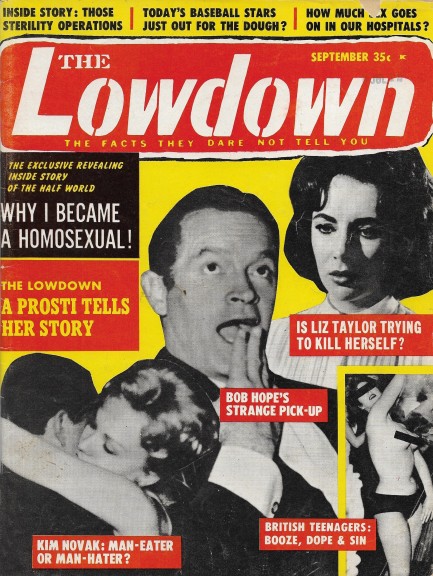
Today we're back to tabloids with an issue of The Lowdown published this month in 1962. The cover features Bob Hope goofing around, Elizabeth Taylor looking serious, Kim Novak nuzzling, and a random naked party girl randomly partying naked. Inside the issue are stories on Hope getting the hots for trans star Coccinelle in a French nightclub, Novak raking a series of suitors over the coals, and baseball players succumbing to greed. So much material in these tabloids, and so little time to highlight a story or two. But forced to make a choice, we're opting to discuss a piece on something called Scoobeedoo. How can we not? We all remember the cartoon, and now this story seemed guaranteed to tell us where the name of the legendary dog came from. We never knew we wanted to know that. But when we saw the word Scoobeedoo we realized, yes, we want to know.
Lowdown describes Scoobeedoo as a craze and a do-it-yourself gimmick. Apparently, it was popularized when French singer Sacha Distel wrote a 1958 song of the same name. But he didn't invent it—he just sang about it. The actual thing was invented by a French plastics company and called Scoubidou. It was basically a spool of brightly colored plastic cord that could be woven or tied to make—well, whatever you wanted. You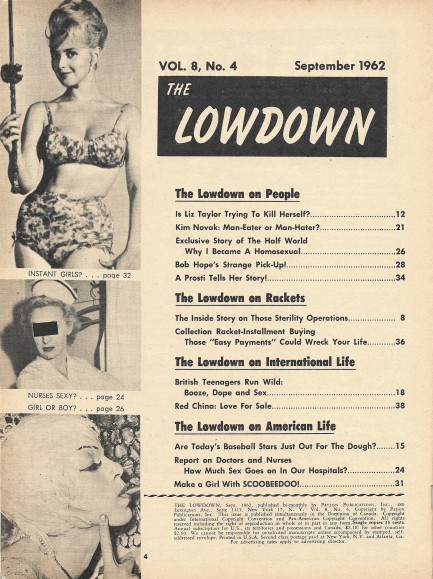  could make lampshades, baskets, placemats, keychains. A California man famously used it to make bikinis. We imagine it would work for household repairs, light sexual bondage, whatever you needed it for. The stuff was as popular as the hula hoop for a while. Apparently figures in the electrical industry even complained that a shortage of wiring insulation was due to Scoubidou because it used the same type of plastic. could make lampshades, baskets, placemats, keychains. A California man famously used it to make bikinis. We imagine it would work for household repairs, light sexual bondage, whatever you needed it for. The stuff was as popular as the hula hoop for a while. Apparently figures in the electrical industry even complained that a shortage of wiring insulation was due to Scoubidou because it used the same type of plastic.
Readers above a certain age will already know about all this, of course, but we had no idea. We weren't around back then. And that, succinctly, is why we maintain this website—because we learn about a past we never experienced. But surprisingly Scoubidou isn't just the past. It apparently still exists. It even has a Wikipedia entry with examples of the many things you can make (but no bikinis). So this was a very informative issue of The Lowdown, all things considered. The only thing we're bummed about is that our Scoubidou research provided no actual confirmation that the cartoon dog Scooby-Doo got his name from the toy. But he had to, right? Maybe a reader has the answer to that. In the meantime we have more than twenty scans below for your enjoyment and other issues of The Lowdown you can access by clicking the magazine's keywords at bottom. Update: a reader does have the answer. One of you always does. J. Talley wrote this: The series was originally rejected by CBS executives, who thought the presentation artwork was too frightening for children and that the show must be the same. CBS Executive Fred Silverman was listening to Frank Sinatra's “Strangers In The Night” (with the scatted lyric “dooby-dooby-doo”) on the flight to that ill-fated meeting. After the show was rejected, a number of changes were made: the Hanna-Barbera staff decided that the dog should be the star of the series instead of the four kids, and renamed him Scooby-Doo after that Sinatra lyric. The spooky aspects of the show were toned down slightly, and the comedy aspects tuned up. The show was re-presented, accepted, and premiered as the centerpiece for CBS's 1969-1970 Saturday Morning season. Thanks, J. That's another hole in our historical knowledge successfully filled in. Is it any surprise Sinatra was involved somehow? That guy really got around. 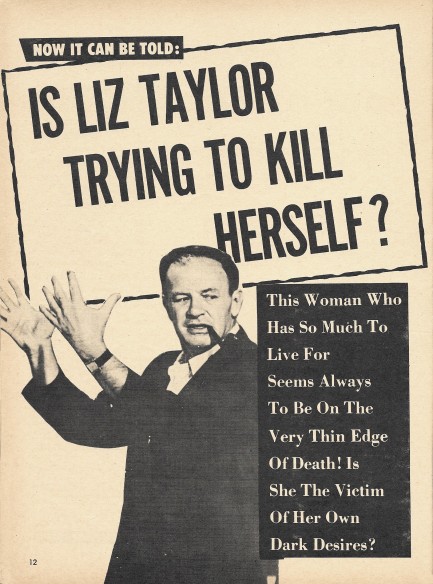 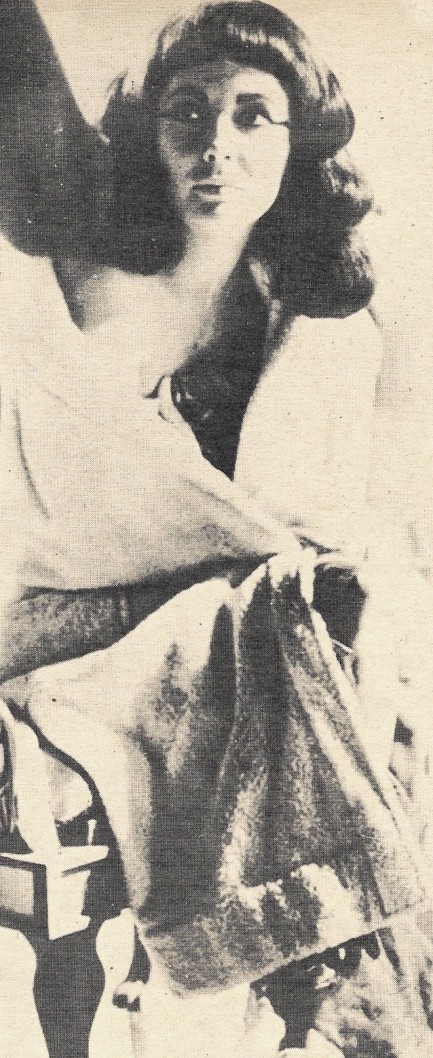 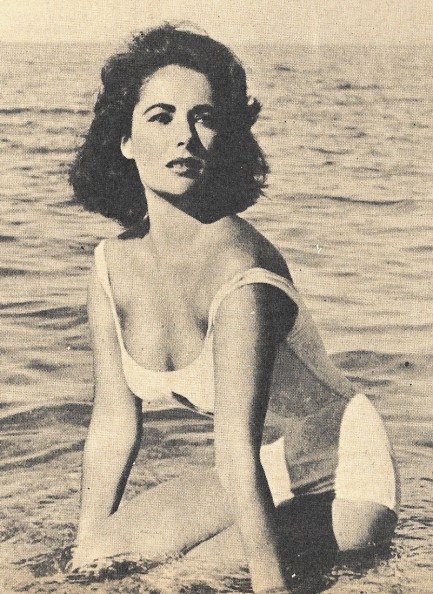 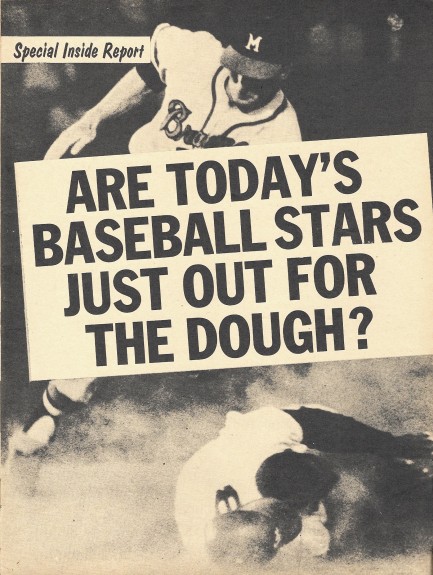 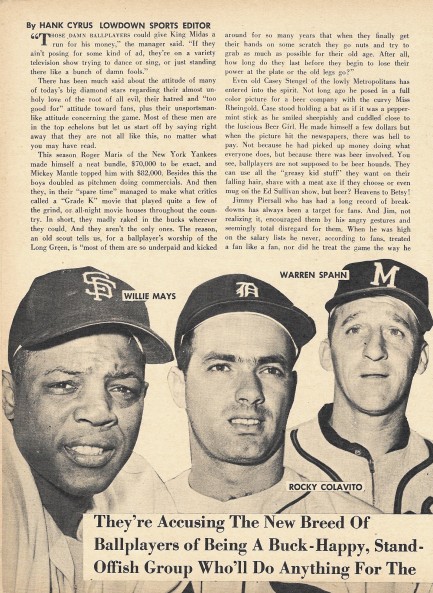 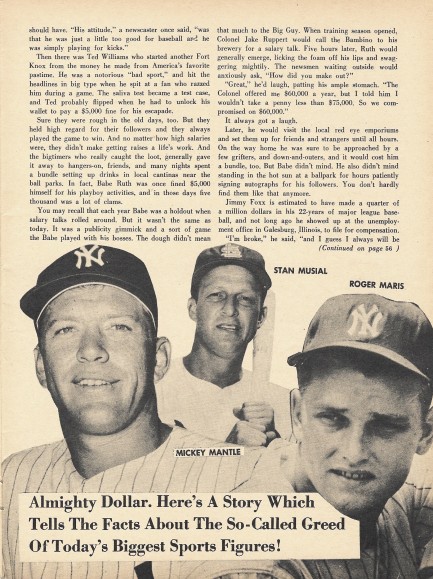 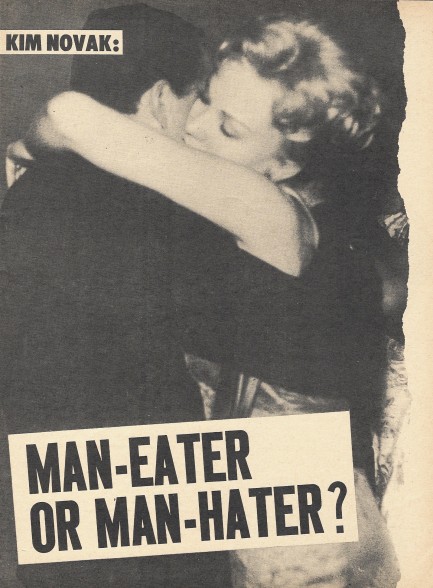 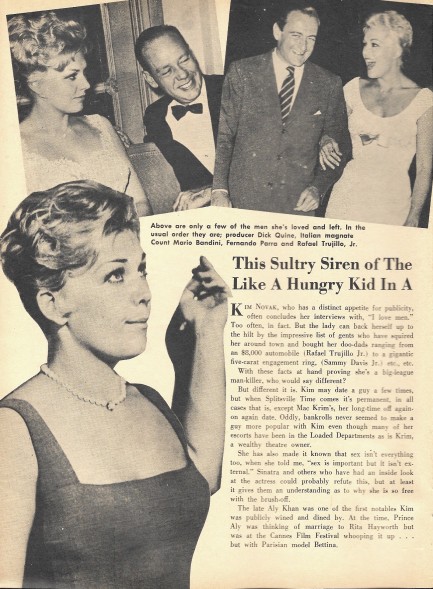 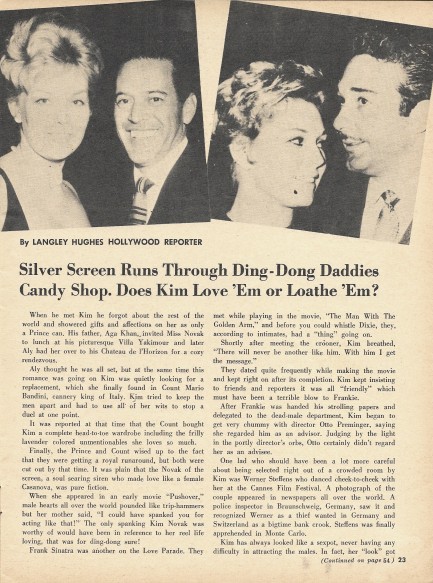 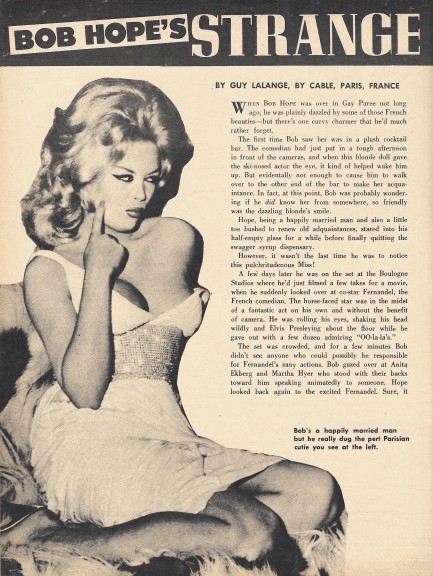 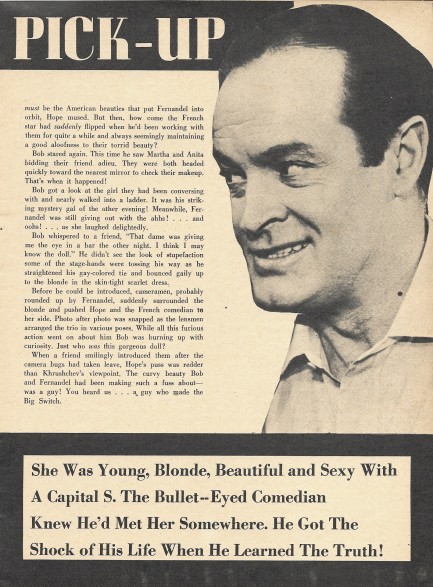 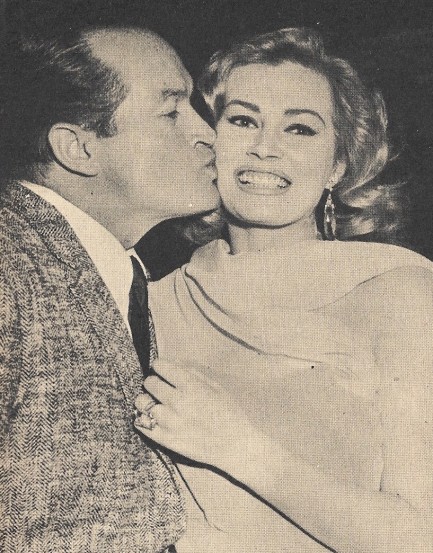 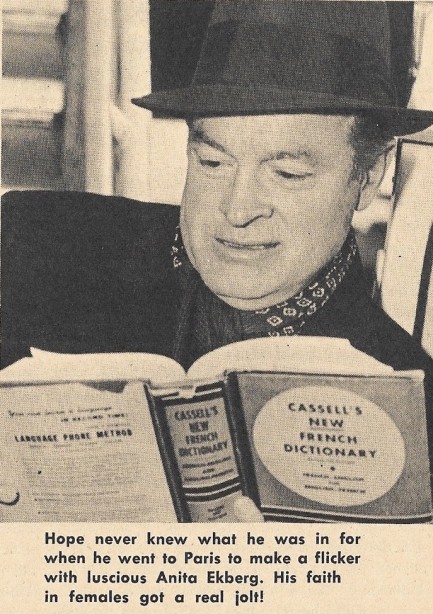 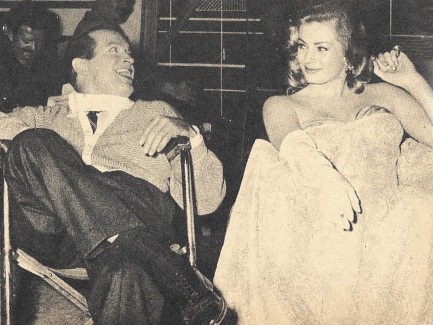 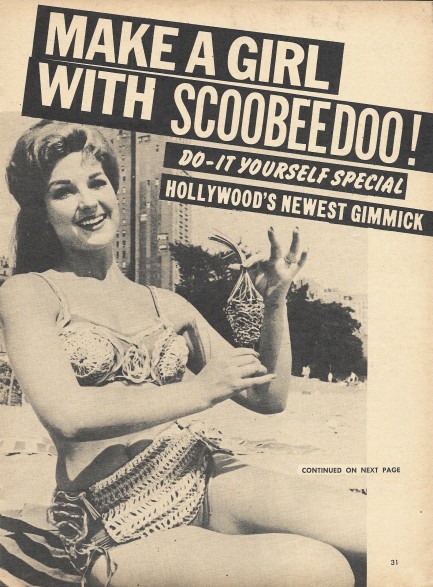 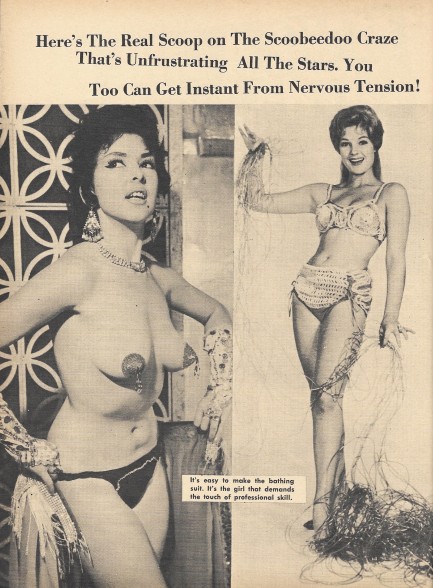 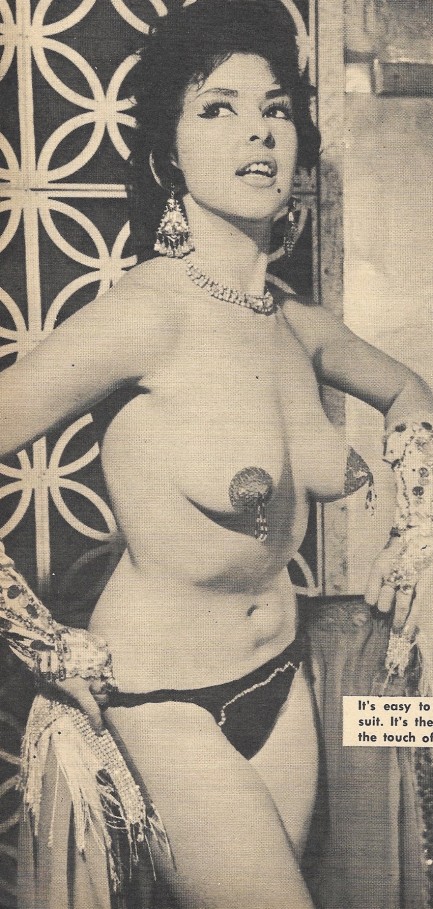 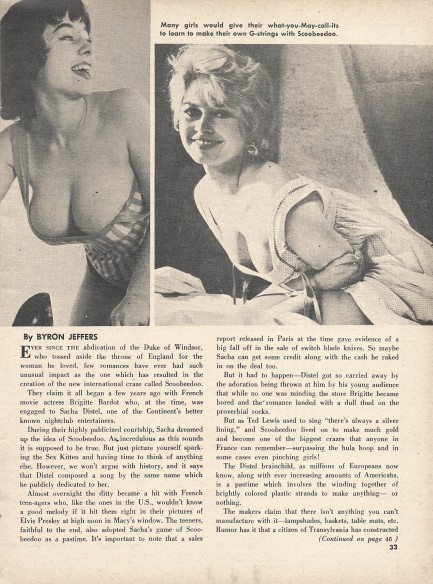 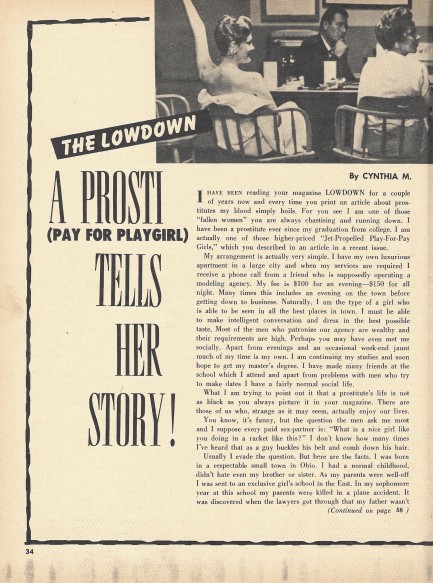 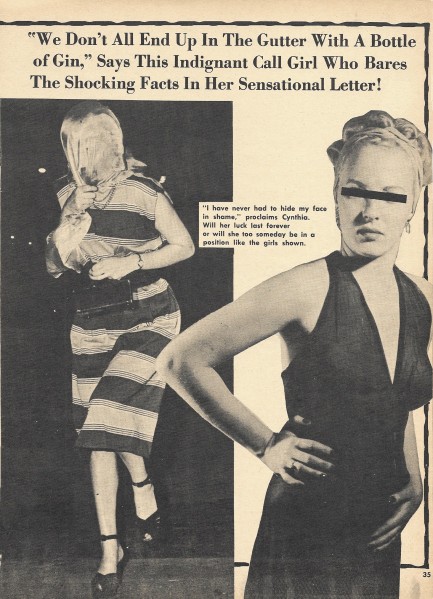 
 There's a bad moon on the rise. 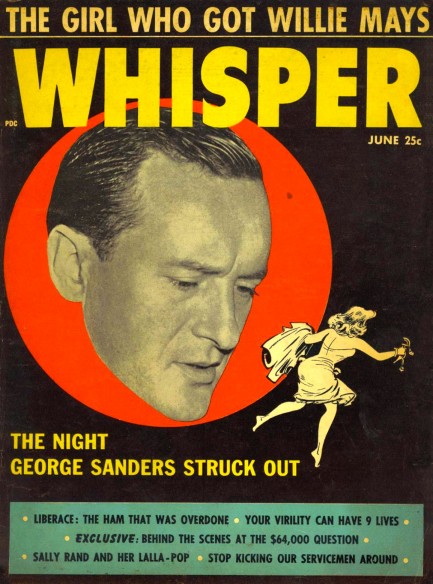
In our continuing chronicle of mid-20th century tabloid magazines we have a new player—Whisper magazine. Whisper was founded as a girlie magazine in 1946 by Confidential owner Robert Harrison. By the time he sold out in 1958 Whisper was already a clone of Confidential in style and content, although sometimes it sported a simpler cover motif with a celeb framed inside a circle. In this example from 1956, the circle becomes a blood red disc reminiscent of the old Short Stories covers, but which is probably supposed to suggest werewolves. The spotlight here is on George Sanders, one of the more interesting Hollywood characters of the time. Born in Russia, Sanders was British by lineage, and built a film career playing aristocrat types, often with an air of menace. This was most aptly displayed in 1950's All About Eve, a role for which he won a Best Supporting Actor Oscar. Sanders was known as a smooth operator, but his personal life was a wreck. He married four women over the years—including serial bride Zsa Zsa Gabor, and her older sister Magda. He would have been between marriages at the time of Whisper’s alleged strike out with an unnamed ingénue, but he’d be back in the saddle by 1960, marrying actress Benita Hume. Health problems eventually robbed Sanders of his acting talent and he finished his career in the low budget stinker Psychomania. Eventually, he also lost the ability to indulge in his beloved hobby of playing music, which prompted him to destroy his piano with an axe. Not long after, he took a fatal dose of Nembutal, leaving behind a suicide note addressed to the world that read in part: I am leaving you with your worries in this sweet cesspool. Good luck.
|
 |

The headlines that mattered yesteryear.
2003—Hope Dies
Film legend Bob Hope dies of pneumonia two months after celebrating his 100th birthday. 1945—Churchill Given the Sack
In spite of admiring Winston Churchill as a great wartime leader, Britons elect
Clement Attlee the nation's new prime minister in a sweeping victory for the Labour Party over the Conservatives. 1952—Evita Peron Dies
Eva Duarte de Peron, aka Evita, wife of the president of the Argentine Republic, dies from cancer at age 33. Evita had brought the working classes into a position of political power never witnessed before, but was hated by the nation's powerful military class. She is lain to rest in Milan, Italy in a secret grave under a nun's name, but is eventually returned to Argentina for reburial beside her husband in 1974. 1943—Mussolini Calls It Quits
Italian dictator Benito Mussolini steps down as head of the armed forces and the government. It soon becomes clear that Il Duce did not relinquish power voluntarily, but was forced to resign after former Fascist colleagues turned against him. He is later installed by Germany as leader of the Italian Social Republic in the north of the country, but is killed by partisans in 1945.
|

|
|

It's easy. We have an uploader that makes it a snap. Use it to submit your art, text, header, and subhead. Your post can be funny, serious, or anything in between, as long as it's vintage pulp. You'll get a byline and experience the fleeting pride of free authorship. We'll edit your post for typos, but the rest is up to you. Click here to give us your best shot.

|
|



 could make lampshades, baskets, placemats, keychains. A California man famously used it to make bikinis. We imagine it would work for household repairs, light sexual bondage, whatever you needed it for. The stuff was as popular as the hula hoop for a while. Apparently figures in the electrical industry even complained that a shortage of wiring insulation was due to Scoubidou because it used the same type of plastic.
could make lampshades, baskets, placemats, keychains. A California man famously used it to make bikinis. We imagine it would work for household repairs, light sexual bondage, whatever you needed it for. The stuff was as popular as the hula hoop for a while. Apparently figures in the electrical industry even complained that a shortage of wiring insulation was due to Scoubidou because it used the same type of plastic.


























































































